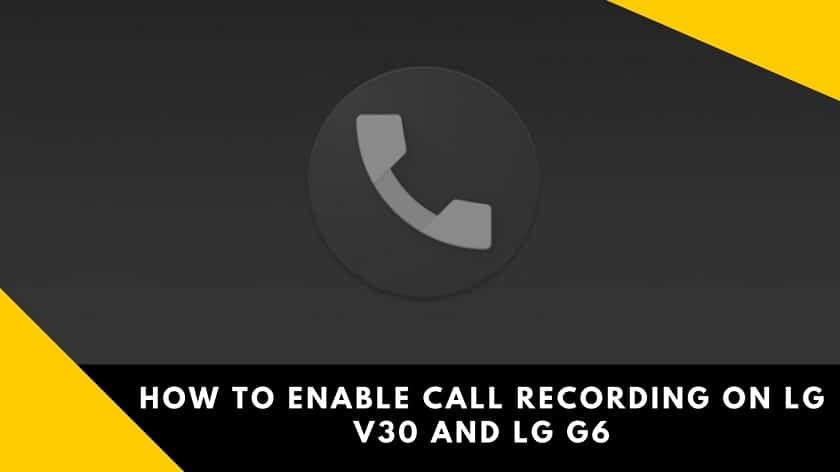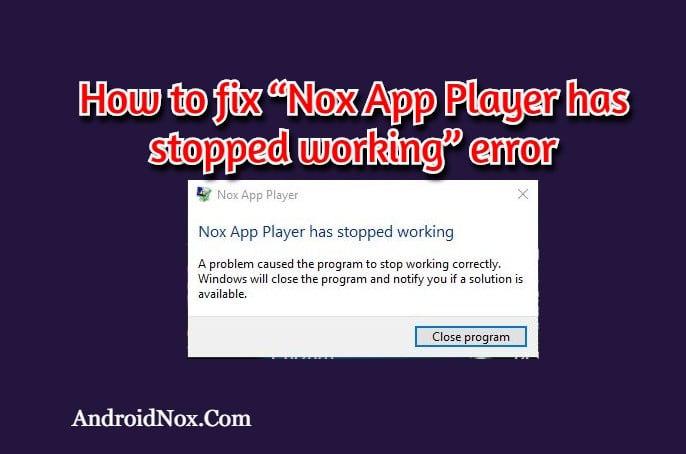A research proposal is a clear, well-structured document outlining your research project. It also states the case’s goal, objectives, and limitations.
If you are not confident in this area, get research paper help services from MyAssignmentHelp.com. They offer remarkable research proposal which meets the student’s and professors’ needs. If this is your first time, then follow our guide to write your first research proposal with zero errors:
I. TITLE
The first and foremost thing to do is to develop an effective title. The title plays a big role because often readers get interested in the title itself. Begin your research proposal with a concise and informative title that reflects the essence of your research. Make it engaging but also clear.
You should not pick a title that is difficult to follow, is too broad, and gives away the entire topic. Be strategic and give hints to excite the readers and have them ask for more. Don’t go for poor, shallow titles, and make it unique. To be more precise, you can even think of a title after completing your paper.
II. INTRODUCTION
Another important part of any research paper writing is the introduction. Your introduction is the first section to be read by the readers. Usually, students have no interesting ideas to cover this space. However, here are some things you can jot down in your introduction:
Provide an introduction to the topic. This includes a brief review of the existing literature. Explain the context and significance of your research.
- Research Problem Statement
Mention the problem you are covering in your research. Explain the existing knowledge and limitations of the topic and what you will address through your work.
Outline the specific objectives and goals of your research. What do you intend to achieve through this study? Keep it small and later elaborate on the main matter in the body.
III. LITERATURE REVIEW
A literature review is a must but extremely difficult for students to do. This includes summarising key studies and theories related to your research topic. Discuss how your research fits into this existing body of prior work done.
Highlight gaps or limitations in the current literature that your research seeks to address. Explain how your work brings something new to the table. This can be quite long, so structure it intelligently so readers can relate to the gaps and your contribution to the work.
Although this section requires you to state previous work on the same topic by other scholars, you must highlight your vitality in the case.
IV. METHODOLOGY
Another important section in your research proposal is to state the methodologies applied. Describe the research design, approach, and methodology you will use to investigate your research question.
This can help readers and scholars validate your work. Explain whether it’s qualitative, quantitative, mixed methods, or any other approach. All this information helps rely on the data, which other researchers can use moving forward. This is not just part of the format. The research proposal should be informative, and you need to pour in exact information about the methods used, how, and their implications while performing the tests.
V. DATA COLLECTION
The next part is the data collection, following the methods used. Explain how you will collect the data. This could involve surveys, personal interviews, experiments, etc. Discuss your sampling strategy.
Briefly outline how you will analyze the samples and on what basis. Mention any specific software or tools you plan to use for analysis. This helps in knowing about the various tools used and the protocols followed.
Discuss any ethical considerations related to your research, such as informed consent, privacy, or potential risks to participants. Create awareness about the process if there are certain restrictions to be careful about.
VI. SIGNIFICANCE & EXPECTED OUTCOMES
Explain the potential significance of your research. This is the major reason why research proposals are written. And the other parts of the proposal are simply validating and justifying the data. How will your work contribute to the field, society, or a specific problem?
Apart from just the good details, you also need to state the problems faced with the case. Provide a note of the expected issues and findings. List down the issues faced and ways to resolve and limit those difficulties in the future.
VII. BUDGET
Research requires intensive labour, patience, and time. Altogether, the efforts call for a budget to pursue it. The longer the research runs, the more the budget becomes unless the scholar knows how to limit it.
If applicable, provide a rough estimate of the funds required to conduct your research. This may include materials, equipment, travel, and participant compensation expenses. The estimate will help others willing to work on the specific case understand the money spent and give a budget check.
VIII. REFERENCES
Include a list of references cited in your proposal. In your literature review, you will be stating work done by others. This is why you need to credit the original writer, or you can face plagiarism issues, which can be difficult to eliminate. About 90% of academic papers are not cited, which is not something you should follow.
Citations are a way of crediting and also showing your authenticity. Also, follow the appropriate citation style (e.g., APA, MLA) per your institution’s guidelines. Many intend to cite sources but make mistakes again, which is a problem. You can use help from others, online tools, or be more aware of citation rules to be thorough with it.
IX. CONCLUSION
No paper ends without a good conclusion; the same goes for this one. Summarize your research proposal. Focus on the need for your research and its contribution to the world. Reiterate the research question and objectives.
You can also state prospects for the work, which is a good way to conclude your paper. A strong conclusion will create a long-lasting effect on readers.
X. APPENDICES
Finally, the last part is appendices. Include additional materials or information in the appendices, such as surveys, consent forms, or supplementary data. This is optional, but you can do so to list extra details you missed out.
Endnote
And with that, we come to the end of our guide on how to write a research proposal. The term “research proposal” sounds tough. But if you take one section at a time, start early, and are determined, you have sufficient time to deliver a flawless paper. Keep these tips in mind; you will have an effective research proposal by the end.











